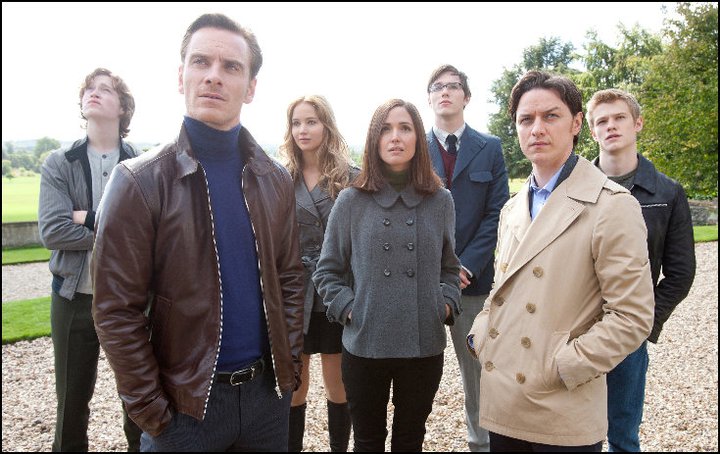Podcast: Play in new window | Download | Embed
Subscribe: RSS

Transhumanism is both misunderstood and feared. Ignorant people with an ideological agenda have labeled it “the most dangerous idea.” I thought that it was time to bring some basic intellectual clarity on the topic, and who is better prepared to help us do that than “the first female philosopher of transhumanism”!?
Dr. Natasha Vita-More has already been a guest on Singularity 1 on 1. Her first interview was both interesting and popular and I very much enjoyed talking to her about her life and work. This time our conversation is more focused on issues strictly related to transhumanism and the basics thereof, so I thought I’d call this episode Transhumanism 101.
During our conversation, Natasha covers a wide variety of topics such as Mary Shelley’s Frankenstein and the effect it had on transhumanism, science fiction, and science in general; the negative perception and fear of transhumanism stemming from some more recent publications such as Bill Joy’s Why The Future Doesn’t Need Us and Francis Fukuyama’s Post-Human Future; Natasha’s definition of transhumanism; similarities and differences between transhuman, posthuman and cyborg; critical thinking as one of the basic tenets of transhumanism; important writings such as Max More’s Towards a Futurist Philosophy, Eric Drexler’s Engines of Creation and Carl Sagan’s The Demon-Haunted World; her Ph.D. dissertation on human enhancement and life expansion; some of the reasons that people fear transhumanism and how to turn that around; some of her upcoming projects such as The Transhumanist Reader and H+TV as well as artistic events and conferences that she supports.
One of my favorite quotes that I will take away from this interview with Natasha is her call to “Get creative about the future!”
As always you can listen to or download the audio file above or scroll down and watch the video interview in full. To show your support you can write a review on iTunes, make a direct donation, or become a patron on Patreon.
Who is Natasha Vita-More?
Natasha Vita-More, Ph.D. is the founder and creative director of esDESiGN and the producer and host of H+TV online. Her research concerns the design aesthetics of human enhancement and radical life extension, with a focus on emerging and speculative sciences and technologies. Her conceptual future human design “Primo Posthuman” has been featured in Wired, Harper’s Bazaar, Marie Claire, The New York Times, U.S. News & World Report, Net Business, Teleopolis, and Village Voice. She has appeared in over twenty-four televised documentaries on the future and culture, and has exhibited media artworks at National Centre for Contemporary Arts, Brooks Memorial Museum, Institute of Contemporary Art, Women In Video, Telluride Film Festival, and United States Film Festival and recently “Evolution Haute Couture: Art and Science in the Post-Biological Age” and is the recipient of several awards: First Place Award at Brooks Memorial Museum, Special Recognition at Women in Video, and special recognition for “Futures Podcast Series”.
Dr. Vita-More is a proponent of human rights and ethical means for human enhancement and is published in Artifact, Technoetic Arts, Nanotechnology Perceptions, Sistemi Intelligenti, Metaverse Creativity, D’ARS, and the Global Spiral. She is co-editor of the forthcoming book The Transhumanist Reader: Classical and Contemporary Essays on the Science, Technology, and Philosophy of the Human Future (Wiley-Blackwell 2013).
Related articles
- Giulio Prisco on Singularity 1 on 1: The End Is Not The End
- Anders Sandberg on Singularity 1 on 1: Embrace Strangeness
- Question Everything: Max More on Singularity 1 on 1
- Natasha Vita-More on Singularity 1 on 1


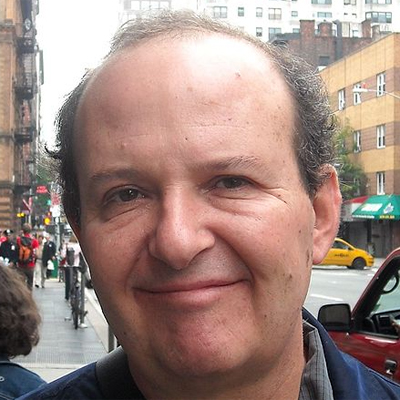
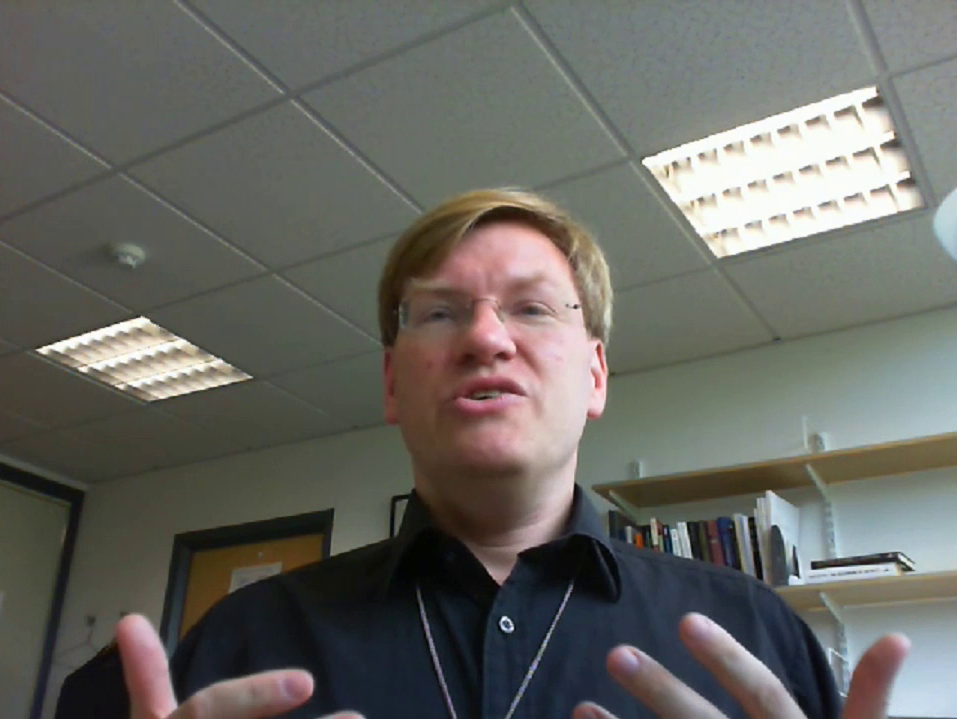 Dr.
Dr. 
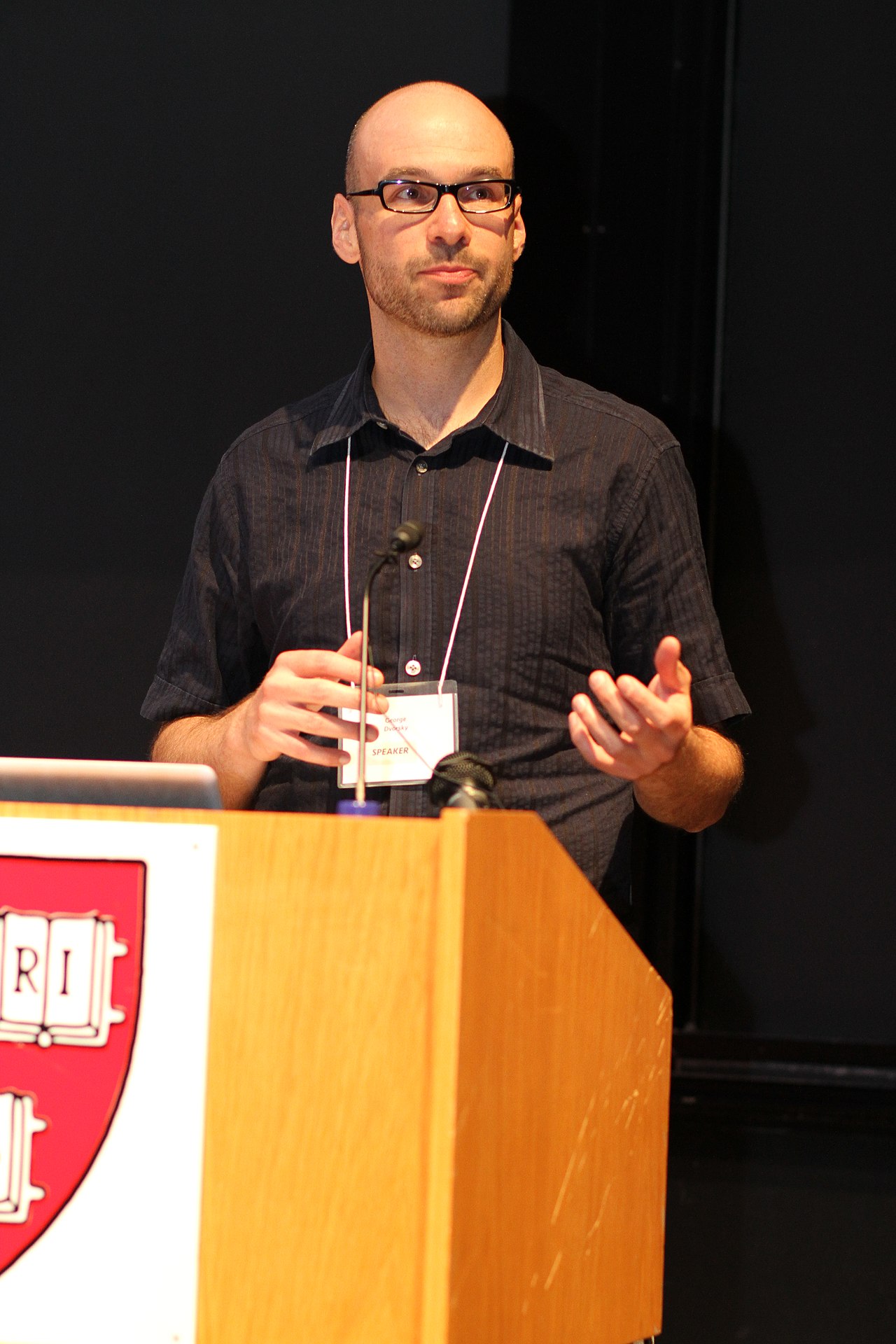 This is my second interview with
This is my second interview with 
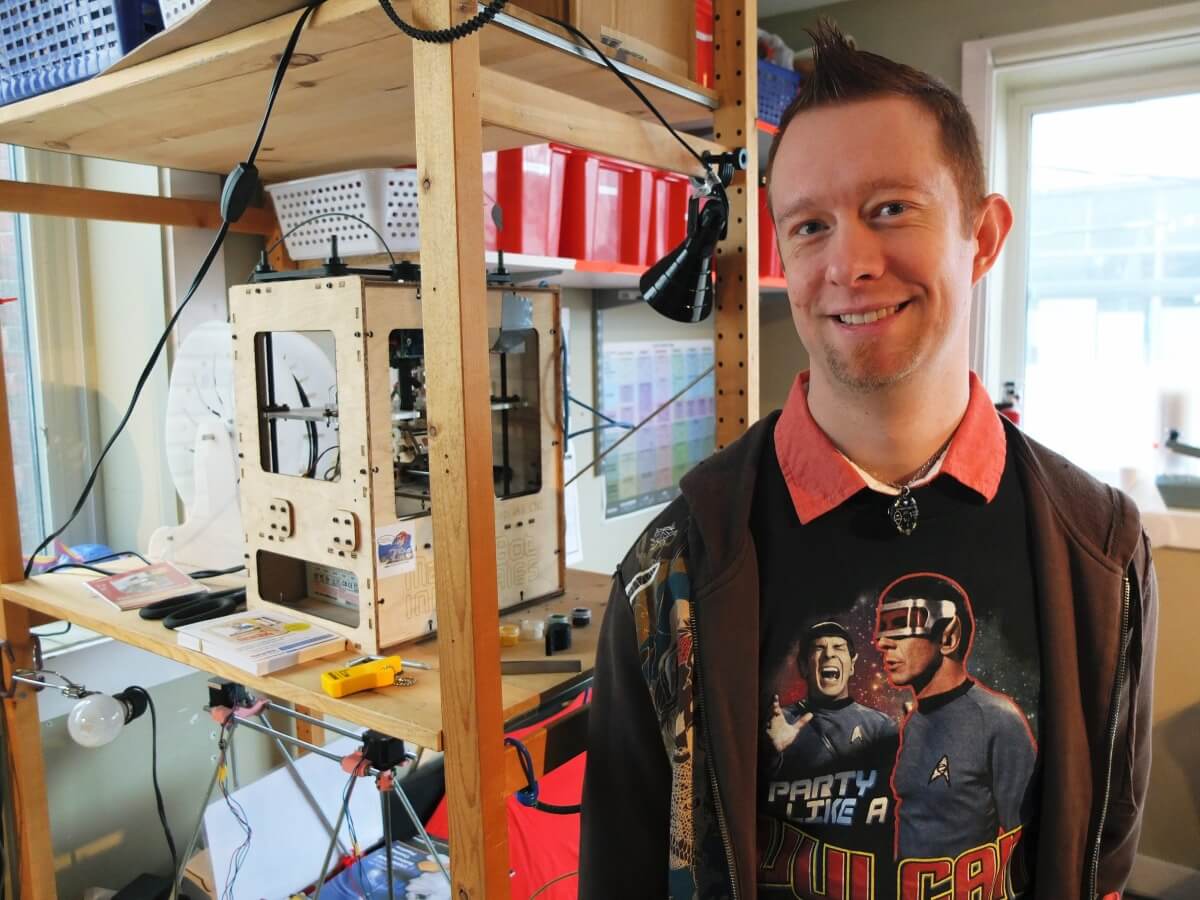 Last week, I visited Eric Boyd at HackLab.TO. While there, I interviewed Eric for my Singularity 1 on 1 podcast. Eric is the president of HackLab.TO, one of the co-founders of StumbleUpon, and a regular public speaker on topics such as cyborgs, transhumanism, electronic jewelry, and hacking.
Last week, I visited Eric Boyd at HackLab.TO. While there, I interviewed Eric for my Singularity 1 on 1 podcast. Eric is the president of HackLab.TO, one of the co-founders of StumbleUpon, and a regular public speaker on topics such as cyborgs, transhumanism, electronic jewelry, and hacking.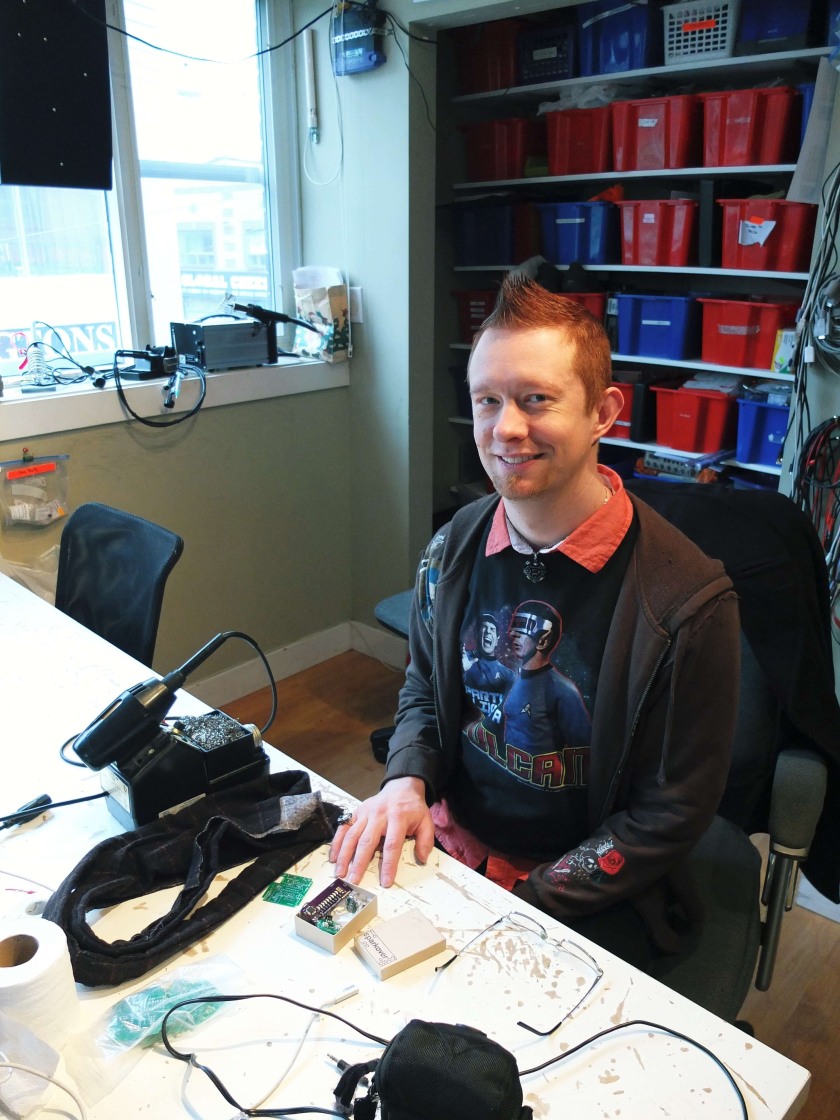 Eric Boyd is the founder of Sensebridge. He was born and raised in Ontario Canada, on a small chicken farm. He attended Queens University for engineering, graduating in 2003, but not before co-founding StumbleUpon.com. After graduating, he lived and worked in Silicon Valley at a high-tech startup, designing industrial sensors and helping install them at semi-conductor fabs across the United States. Around this same time, he also became fascinated with fashion and style, watching Beauty and The Geek and transforming his own personal style.
Eric Boyd is the founder of Sensebridge. He was born and raised in Ontario Canada, on a small chicken farm. He attended Queens University for engineering, graduating in 2003, but not before co-founding StumbleUpon.com. After graduating, he lived and worked in Silicon Valley at a high-tech startup, designing industrial sensors and helping install them at semi-conductor fabs across the United States. Around this same time, he also became fascinated with fashion and style, watching Beauty and The Geek and transforming his own personal style.
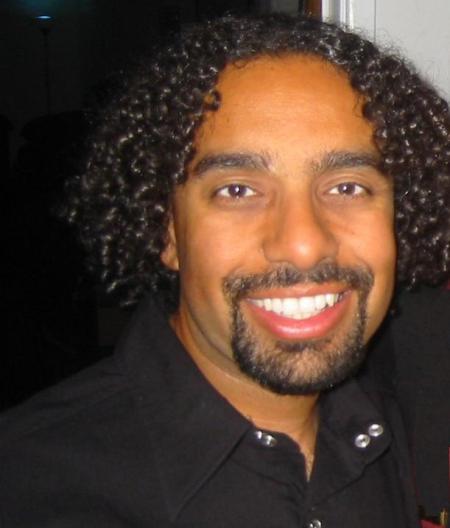 Yesterday I interviewed
Yesterday I interviewed 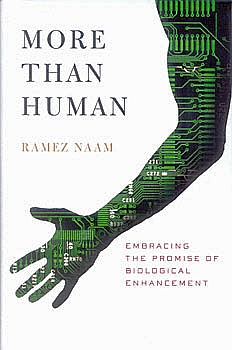 Ramez Naam is a computer scientist and entrepreneur. He is the author of
Ramez Naam is a computer scientist and entrepreneur. He is the author of 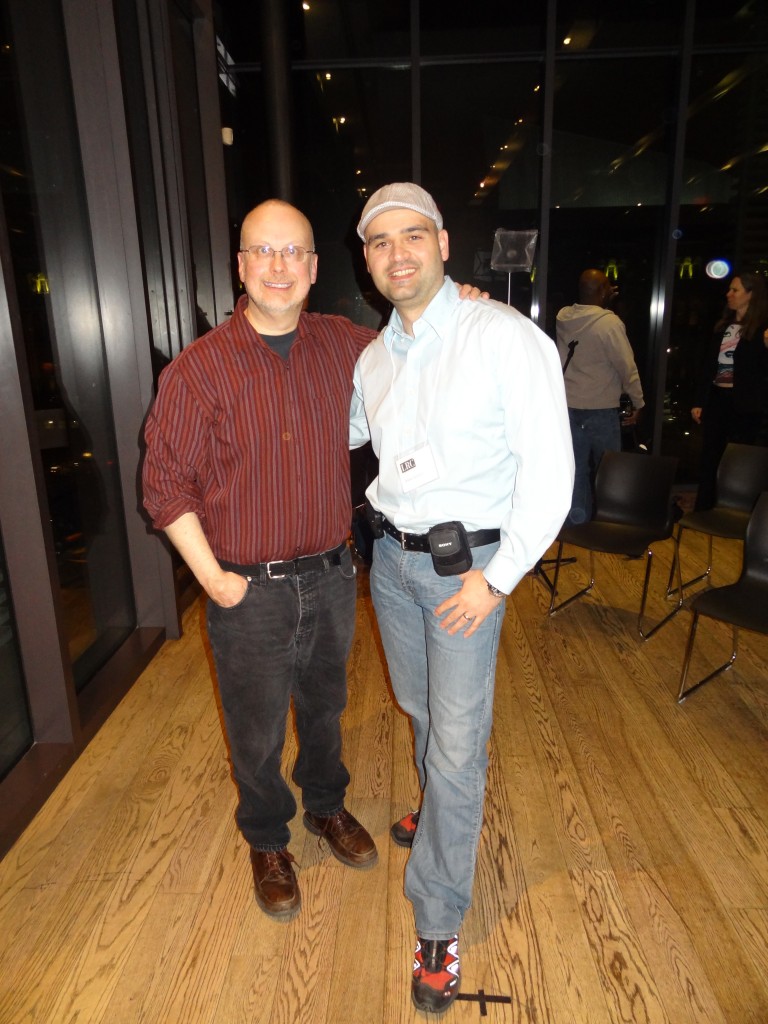



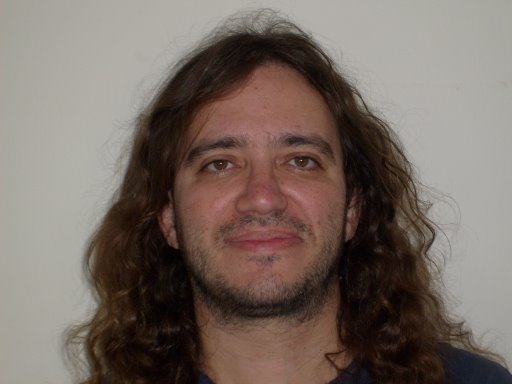


 Nikki Olson is a writer/researcher working on an upcoming book about the Singularity with Dr. Kim Solez, as well as relevant educational material for the Lifeboat Foundation. She has a background in philosophy and sociology, and has been involved extensively in Singularity research for 3 years. You can reach Nikki via email at
Nikki Olson is a writer/researcher working on an upcoming book about the Singularity with Dr. Kim Solez, as well as relevant educational material for the Lifeboat Foundation. She has a background in philosophy and sociology, and has been involved extensively in Singularity research for 3 years. You can reach Nikki via email at 
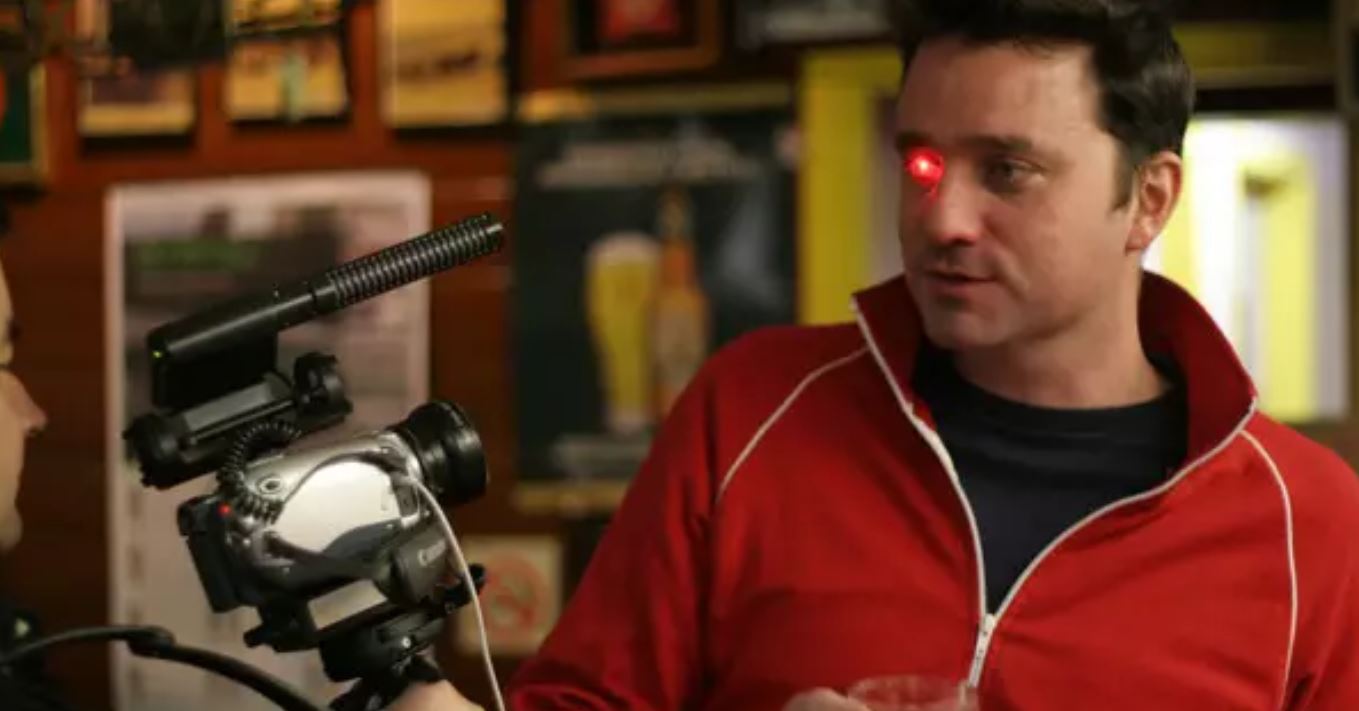
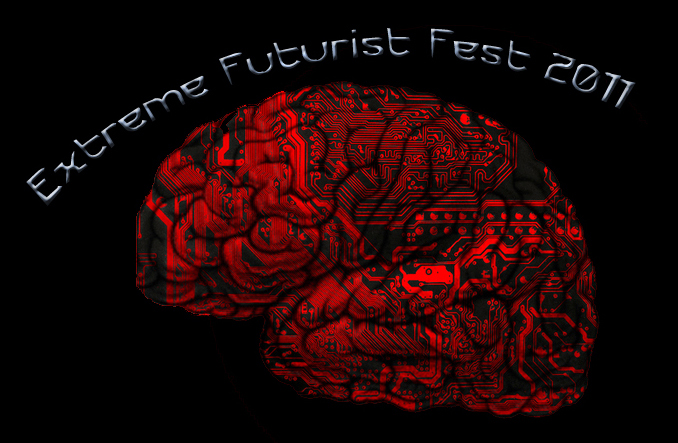






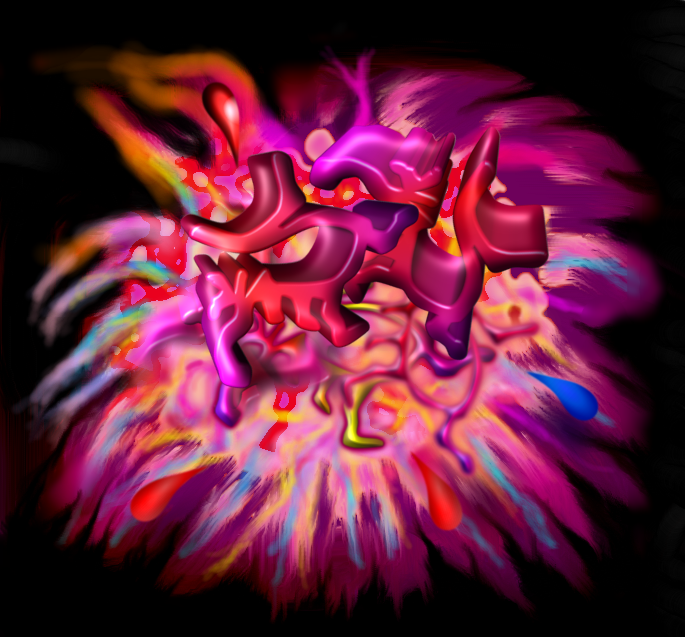
 Have you ever felt lonely, struggled to fit in and be normal or been rejected just because you’re different?
Have you ever felt lonely, struggled to fit in and be normal or been rejected just because you’re different?